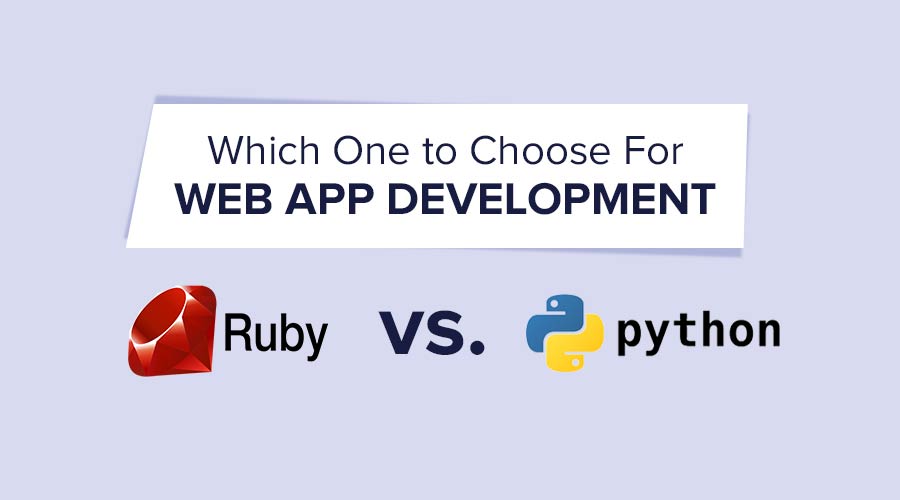
In today’s highly digital world, a business’s online presence is often its first point of contact with customers. Frontend technologies play a crucial role in defining how users interact with a website or application. By leveraging modern frontend technologies, businesses can create seamless, engaging, and efficient user experiences that boost customer satisfaction and loyalty.
Here’s a comprehensive look at essential frontend technologies that businesses should consider using to stay ahead in their industries.
1. HTML5 and CSS3
HTML and CSS have always been the backbone of web development. The latest iterations, HTML5 and CSS3, provide powerful features that allow developers to create dynamic and visually appealing websites.
- HTML5: Offers robust multimedia capabilities without relying on external plugins like Flash. It supports audio, video, and interactive elements natively, making websites more versatile.
- CSS3: Enables advanced styling options such as animations, transitions, and responsive layouts. These features enhance the aesthetic and functionality of websites.
By using HTML5 and CSS3, businesses can ensure their websites are mobile-friendly, fast, and visually engaging.
2. JavaScript and Frameworks
JavaScript remains the cornerstone of interactive web development. However, the emergence of various JavaScript frameworks and libraries has revolutionized frontend development.
- React: A library for building reusable UI components. Its virtual DOM ensures fast updates and rendering, making it ideal for dynamic applications.
- Angular: A comprehensive framework backed by Google that provides tools for building complex single-page applications (SPAs).
- Vue.js: A lightweight yet powerful framework, perfect for businesses seeking flexibility and scalability.
These tools allow businesses to create interactive, high-performance applications that provide a better user experience.
3. Responsive Web Design Tools
With the rise of mobile usage, responsive design is no longer optional. Businesses must ensure their websites function seamlessly across devices of all screen sizes. Responsive frameworks and tools like Bootstrap and Foundation simplify this process.
- Bootstrap: A widely-used framework that provides pre-designed components and responsive grid systems, making it easy to create consistent designs.
- Foundation: Known for its advanced features, Foundation is ideal for businesses that want highly customizable designs.
By leveraging these tools, businesses can cater to a broader audience and enhance user satisfaction.
4. Web Performance Optimization Tools
Performance is a critical factor in retaining users. Slow-loading websites can lead to high bounce rates, negatively impacting conversions. Technologies like Lighthouse, WebPageTest, and Webpack help developers optimize performance.
- Lighthouse: An open-source tool that evaluates site performance and provides actionable suggestions for improvement.
- WebPageTest: Allows detailed analysis of loading speeds and pinpointing bottlenecks.
- Webpack: Bundles JavaScript files efficiently, reducing load times and improving user experience.
Adopting these tools ensures websites are fast and responsive, meeting user expectations.
5. Progressive Web Apps (PWAs)
Progressive Web Apps combine the best of web and mobile app experiences. They are fast, reliable, and engaging, making them an excellent choice for businesses aiming to provide a superior user experience.
- Service Workers: Allow offline capabilities and background syncing.
- Manifest Files: Enable websites to be installed on users’ devices, similar to native apps.
- Push Notifications: Help businesses re-engage users and drive traffic.
PWAs are an affordable and effective way for businesses to tap into mobile markets without the expense of native app development.
6. APIs and Integration Tools
Modern frontend applications often need to interact with multiple services, such as payment gateways, CRM systems, or social media platforms. APIs (Application Programming Interfaces) are the bridge that enables this communication.
- GraphQL: Offers efficient data fetching and avoids over-fetching or under-fetching data.
- RESTful APIs: Still a staple for connecting frontend applications with back-end systems.
- Axios: A popular JavaScript library for making HTTP requests, simplifying API integration.
Using these technologies, businesses can create more dynamic and interconnected systems.
7. Version Control Systems
Version control is essential for collaborative development. Tools like Git and platforms like GitHub ensure that development teams can work together seamlessly.
- Git: Tracks changes in code and allows developers to revert to previous versions if needed.
- GitHub: Provides cloud-based repositories for storing and managing code.
These tools enhance productivity and streamline the development process, particularly for teams working on complex projects.
8. Testing Frameworks
Quality assurance is critical for delivering a polished product. Testing frameworks help identify bugs and ensure applications perform as expected.
- Jest: A JavaScript testing framework ideal for unit testing.
- Cypress: A modern tool for end-to-end testing, ensuring smooth user journeys.
- Mocha: Offers flexibility and is widely used for backend and frontend testing.
Incorporating these frameworks into the development process ensures that applications are robust and error-free.
9. Content Delivery Networks (CDNs)
A CDN accelerates the delivery of content to users by storing copies of the website on servers worldwide. Popular CDN providers include Cloudflare, Akamai, and Amazon CloudFront.
- Cloudflare: Provides security features in addition to speed optimization.
- Akamai: Specializes in enterprise-level solutions.
- Amazon CloudFront: Offers seamless integration with AWS services.
Using CDNs can significantly improve website load times and reliability, especially for global audiences.
10. CSS Preprocessors
CSS preprocessors like Sass and LESS simplify styling by introducing variables, nested rules, and mixins.
- Sass: Provides advanced features to manage large stylesheets efficiently.
- LESS: Offers a simpler syntax for writing CSS.
These tools save time and reduce errors, especially in complex projects requiring consistent styling.
11. Accessibility Tools
Ensuring accessibility is both a legal requirement and a moral obligation. Tools like Axe-Core, Wave, and Lighthouse Accessibility Audit help developers create inclusive designs.
- axe-core: An automated testing tool for identifying accessibility issues.
- Wave: Evaluates website accessibility and provides visual feedback.
- Lighthouse: Includes an accessibility audit feature for comprehensive checks.
By prioritizing accessibility, businesses can expand their reach and ensure inclusivity.
Integrating Frontend Development Services
To make the most of these technologies, businesses often rely on frontend development services. These services provide the expertise and resources needed to implement advanced tools and frameworks effectively. By partnering with a professional team, businesses can achieve faster development cycles, enhanced performance, and a polished user experience.
Conclusion
Frontend technologies are constantly evolving, offering businesses new ways to engage users and improve efficiency. By adopting the right tools and practices, companies can create high-performing websites and applications that meet user expectations. Whether it’s implementing responsive designs, optimizing performance, or ensuring accessibility, these technologies form the foundation of a successful online presence.








